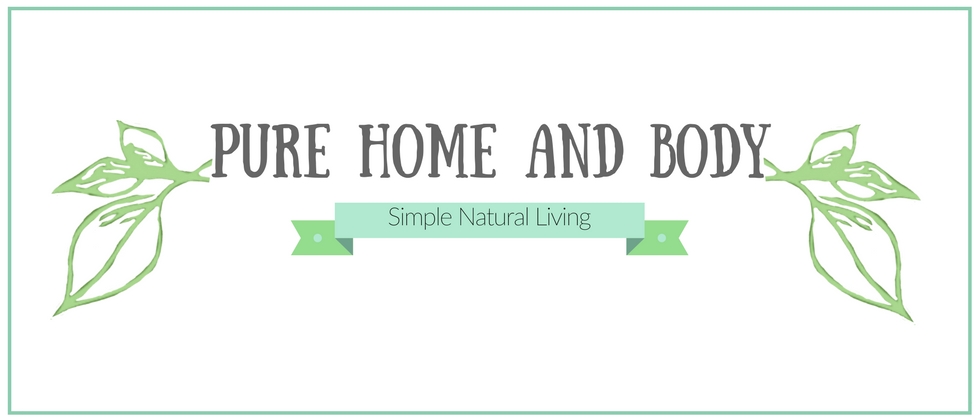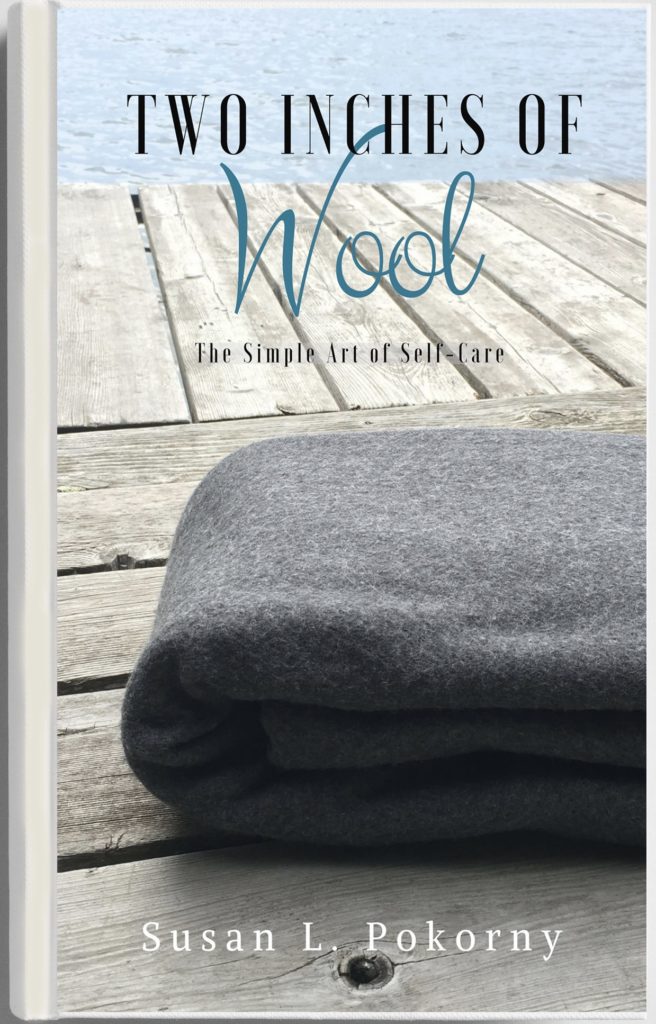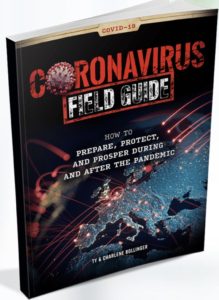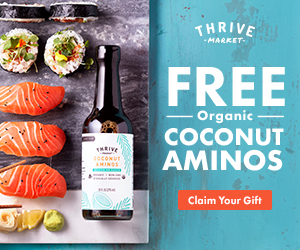Would you argue against a statement that American’s are afraid of germs? Or maybe I should say, American Manufacturers want Americans to be afraid of germs.
Some Germs Can Be Good For Us I was thinking of just that as I visited a local farm in my area, Back to the Best. It’s a family owned farm where I first began drinking raw milk over 10 years ago. I had several good friends already getting their milk from the farm and their kids drank it so I figured it should be safe. Plus, the farm family had 8 or 9 kids of their own who never got sick. As with most traditional farms, there is dirt. Lots of it, and sometimes it shows up in unexpected places. Paula and Dan had some of their home grown tomatoes out, which I carefully selected and packaged up. Some of them still had dirt on them and I was OK with that. I’d wash it off with some PURE water soon enough. In the meantime, I wasn’t going to worry about whether or not the dirt speckled tomatoes would contaminate anything else in my mesh, cotton ECO bag. I could throw it in the washing machine later to clean.

Beautiful, dirt-covered, home-grown veggies
Dirt is REAL, it actually has life in it that gives energy to the plants. There are actually microbes in dirt that build a healthy immune system and may even fight depression!
Sure, I get stressed out plenty of times about germs, like when I have my 3-year old toddler in a public bathroom. And rightly so, forensic scientists have found public toilets (portable ones in particular) the most germ-laden place in the world. But we have become a germ-a-phobic society, wouldn’t you say? Are you a germ-a-phobe?
Manufacturers have increased production of anti-bacterial products exponentially in the past decade in particular. Today on Amazon, you can select from 6,233 different antibacterial soaps. The problem, though, is that all these antibacterial chemicals are producing superbugs – including a drug-resistant tuberculosis. Just like overuse of antibiotics at the doctor’s office, overuse of antibacterial cleaners is contributing to this growing problem. Unfortunately, this research has not affected over-production of these toxic chemicals. Antibacterial chemicals are not just in soaps. They are turning up in unexpected places. Does this seem outrageous that we have to now start reading labels of consumer goods and clothing? Well, that is exactly what we need to do to make the best choices we can.
You can get a head start, since I’ve already done quite a bit of research myself that I’ll share with you. I have a degree in textiles and I’m naturally inquisitive when it comes to fibers and fabrics. I’m always looking at clothing labels, I love cotton, especially when it’s organic. If I won the lottery, my home would be filled only with organic fabrics and clothing, heaven for me! So, to my surprise, and anguish, I’m finding chemicals in our clothing. I already knew about some bad ones (fire retardants & wrinkle resistance). These chemicals are showing up in human blood, this cannot be right.
So what can you do? Avoid buying these products. Read labels on consumer packaging. I would think twice about purchasing anything with a warning label on it. Talk with store owners in your area and inform them about these products that are contributing to chemical overload in our society. We don’t need more antibacterial chemicals, just plain soap and water, thank you. Vote with your dollar and together we can change the tide of antibacterial overload. Here are 5 places I’ve found antibacterial chemicals embedded in product materials:
- Socks Considering Reflexology and the feet as a location of nerve endings connected to hundreds of areas in the body, do you really want to apply antibacterial chemicals on location here where your feet can drink them in?

- Workout clothing Many clothing companies are designing their own custom “antimicrobial” fabrics to reduce odor causing bacteria. Some use silver Nano-particles, Microban or harmful Triclosan in the fibers. You don’t need to add chemicals to your workout to prevent odors. A simple solution for stinky clothing? 2-3 drops of Purification essential oil in the laundry with your workout clothing will freshen them without chemicals.
- Cleaning supplies I needed a new scrub brush and was shocked to find anti-bacterial chemicals in some of the cleaning tools. More antibacterial chemicals where bacteria hang out is not a solution. If you really want to keep your tools clean, look for removable, replaceable cleaning heads that can be thrown in the wash or dishwasher.

- School supplies Microban has been limited more in toys, but has now migrated into school supplies like scissors and computer mouses & mousepads where they will be getting use by growing kids and teens. Generic versions of these tools are usually chemical-free and better options.

- High Chairs Parents want only the best for their kids, but it can be overwhelming knowing what is safe. Many high chair trays are made with Microban-embedded into the materials where your little one’s food will be sitting. If you keep the eating surface clean with just soap and water, you shouldn’t have to worry about harmful germs growing on their eating surface or the risk of these chemicals contaminating their PURE food. These chemicals show up on various baby products, be wary of any infant and toddler toys or gadgets labeled “anti-microbial” or “anti-bacterial”.
- Cutting Boards Scares of E.Coli over the past 10 years have hyped us into over-use of anti-bacterial chemicals, especially when it comes to cutting board sanitation. This cutting board has Microban just on the handles, but many plastic boards have the chemical embedded into the materials. Would you eat Microban? If not, then don’t use an antibacterial cutting board that comes in contact with your food. If you season a wood or bamboo cutting board with naturally anti-microbial coconut oil first (to prevent absorption of foods your are cutting) you’ll also extend the life of your board without chemicals. Wash thoroughly after use with soap and water, seasoning with the oil after to keep the surface protected.

Watch for my next article on natural protection against superbugs, what you can do to safely build your immune system and kill germs the way nature intended. Now is the time to prepare naturally for cold and flu season.













No comments yet.